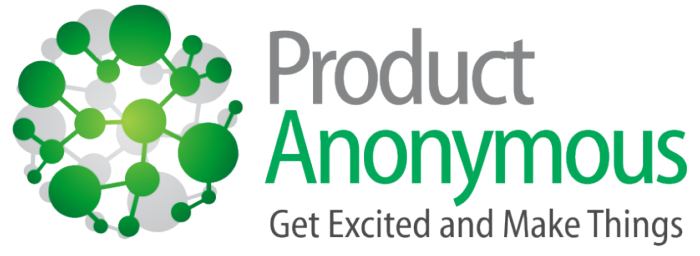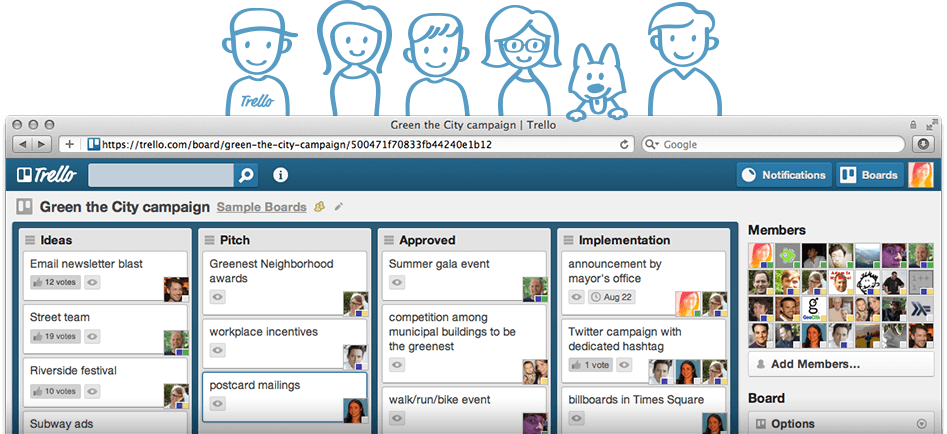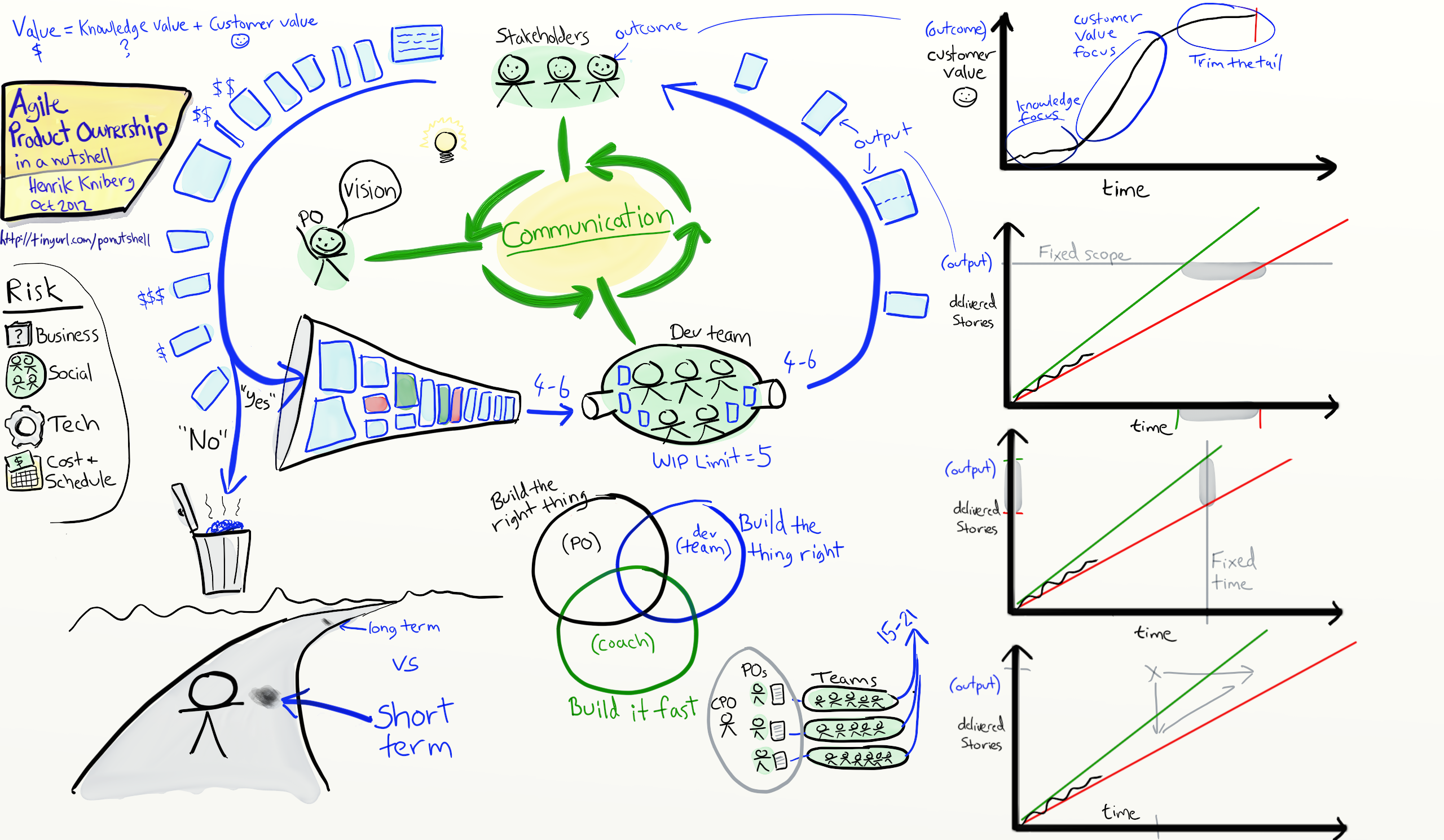PRODUCTHEAD: Sunsetting a product or feature
When sunsetting a product or feature:
» Explain why honestly and be transparent about how it will impact your users
» Be understanding as they may be disappointed or frustrated by the change
» Be responsive and supportive by answering your users’ questions and helping them with the transition
» If possible, offer your users alternative features or solutions








